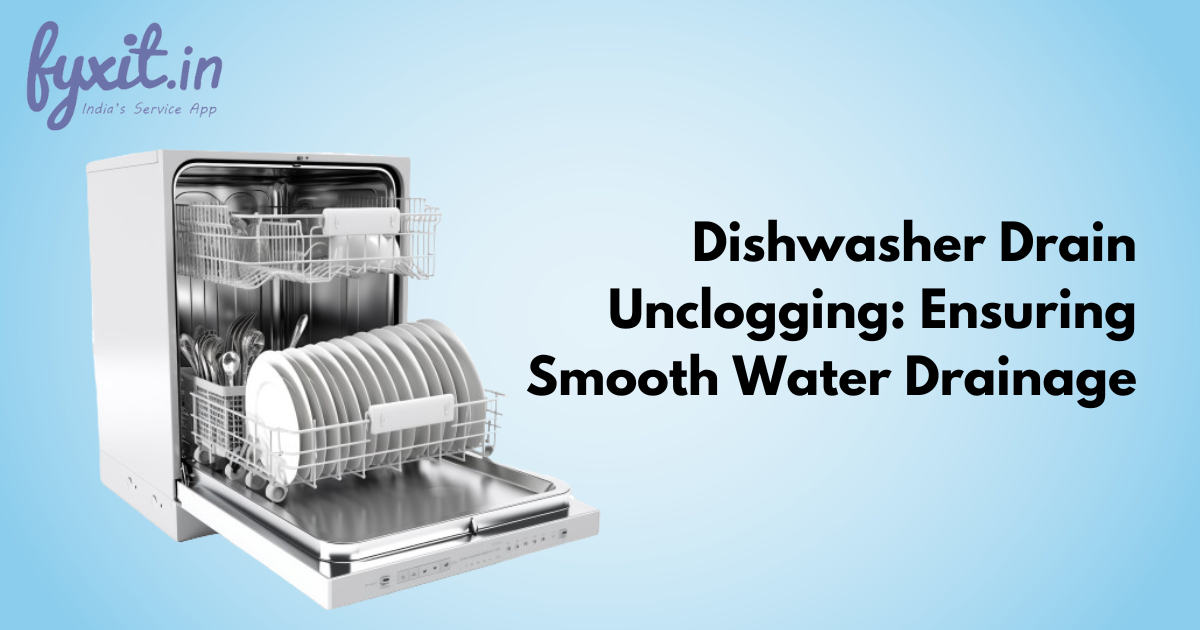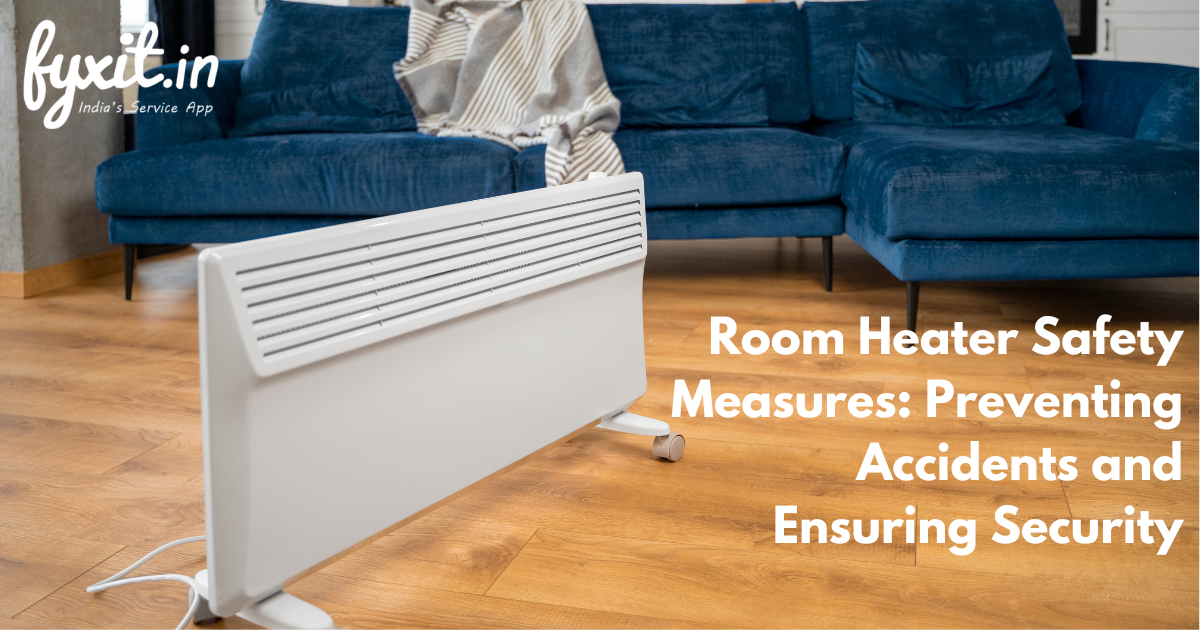As winter approaches, the need for effective heating solutions becomes paramount. However, the environmental impact of traditional heating methods cannot be ignored. Enter energy-efficient room heaters—a green approach to winter comfort that not only keeps us warm but also minimizes energy consumption and reduces our carbon footprint. Here, we will explore the benefits of energy-efficient room heaters, the technology behind them, and practical tips for a sustainable and cozy winter.
Table of Contents
The Need for Energy-Efficient Heating
Environmental Impact:
Traditional heating methods, such as electric resistance heaters and old-fashioned space heaters, often consume significant amounts of energy derived from fossil fuels, contributing to greenhouse gas emissions and environmental degradation.
Energy Conservation:
Energy-efficient room heaters address the need for winter comfort while prioritizing energy conservation. These heaters aim to provide warmth without unnecessary energy wastage, aligning with sustainable practices and reducing the strain on power resources.
Types of Energy-Efficient Room Heaters
Infrared Heaters:
Infrared heaters operate by emitting infrared radiation that directly heats objects and people in the room. They are energy-efficient because they do not heat the air, avoiding energy losses associated with heating unused space.
Ceramic Heaters:
Ceramic heaters utilize ceramic heating elements that heat up quickly and provide focused warmth. They are energy-efficient due to their ability to distribute heat evenly and maintain a consistent temperature.
Oil-Filled Radiators:
Oil-filled radiators use diathermic oil to generate heat. They are energy-efficient as the oil retains heat, allowing the radiator to continue emitting warmth even after being turned off. This feature reduces the overall energy consumption.
Heat Pumps:
Heat pumps are highly energy-efficient heating systems that extract heat from the air or ground and transfer it indoors. While typically associated with central heating, smaller heat pump units designed for individual rooms are also available.
Technology Behind Energy-Efficient Room Heaters
Thermostats and Programmable Timers:
Energy-efficient room heaters often come equipped with thermostats and programmable timers. Thermostats regulate the temperature by turning the heater on and off as needed, while programmable timers allow users to schedule heating periods, reducing energy consumption during unused hours.
Smart Technology:
Smart heaters can be controlled remotely through smartphone apps, enabling users to adjust settings and monitor energy usage from anywhere. These devices often come with features like adaptive learning, optimizing heating patterns based on usage habits.
Energy Star Certification:
Energy Star-certified heaters meet strict energy efficiency guidelines set by the Environmental Protection Agency (EPA). These heaters are designed to consume less energy, reduce greenhouse gas emissions, and provide energy savings to users.
Occupancy Sensors:
Some energy-efficient heaters incorporate occupancy sensors that detect when a room is occupied. This feature ensures that the heater operates only when needed, avoiding energy waste in unoccupied spaces.
Inverter Technology:
Inverter technology, commonly found in heat pumps, allows the heating system to adjust its output based on the heating requirements. This results in more efficient energy use and greater control over the indoor temperature.
Benefits of Energy-Efficient Room Heaters
Reduced Energy Consumption:
The primary benefit of energy-efficient room heaters is the significant reduction in energy consumption. By optimizing heat output, incorporating smart technology, and using advanced heating mechanisms, these heaters provide warmth with minimal impact on energy resources.
Cost Savings:
Energy-efficient heaters translate into cost savings for users. Reduced energy consumption leads to lower utility bills, making these heaters not only environmentally friendly but also economically viable in the long run.
Lower Carbon Footprint:
The environmental impact of energy-efficient heaters is notably lower than that of traditional heating methods. By minimizing energy waste and relying on cleaner technologies, these heaters contribute to the reduction of carbon emissions.
Improved Indoor Air Quality:
Some energy-efficient heaters, such as infrared heaters, do not rely on forced air circulation, reducing the circulation of dust and allergens. This can result in improved indoor air quality, promoting a healthier living environment.
Flexibility and Portability:
Many energy-efficient room heaters are compact, portable, and easy to move between rooms. This flexibility allows users to concentrate warmth where needed, avoiding the need to heat the entire house when only specific areas require heating.
Practical Tips for Sustainable Heating
Optimize Thermostat Settings:
Set the thermostat to an energy-efficient temperature and dress warmly to avoid the temptation to increase the heat excessively. Lowering the thermostat even slightly can lead to significant energy savings.
Seal Air Leaks:
Ensure that windows and doors are properly sealed to prevent drafts. This reduces the workload on the heater and helps maintain a consistent indoor temperature.
Use Zone Heating:
Instead of heating the entire house, focus on the rooms that are actively used. Energy-efficient room heaters excel in providing targeted warmth, allowing users to adopt a zone heating approach.
Regular Maintenance:
Keep heaters well-maintained by cleaning filters, checking for any malfunctions, and ensuring that the heating elements are functioning optimally. Regular maintenance contributes to efficient operation.
Combine Heating Methods:
Combine energy-efficient room heaters with other heating methods, such as layered clothing, thermal curtains, and electric blankets. This approach reduces reliance on a single heating source and maximizes overall energy efficiency.
Utilize Natural Sunlight:
During daylight hours, open curtains and blinds to allow natural sunlight to warm the space. This reduces the need for artificial heating and adds a sustainable touch to winter comfort.
Conclusion
Energy-efficient room heaters represent a green approach to winter comfort, offering a sustainable solution to staying warm while minimizing environmental impact. By embracing advanced technologies, incorporating smart features, and focusing on energy conservation, these heaters not only provide tangible benefits in terms of cost savings but also contribute to a more sustainable and eco-friendly approach to heating our living spaces. As consumers increasingly prioritize energy efficiency and environmental responsibility, the adoption of energy-efficient room heaters becomes a crucial step towards a greener and more comfortable winter.



